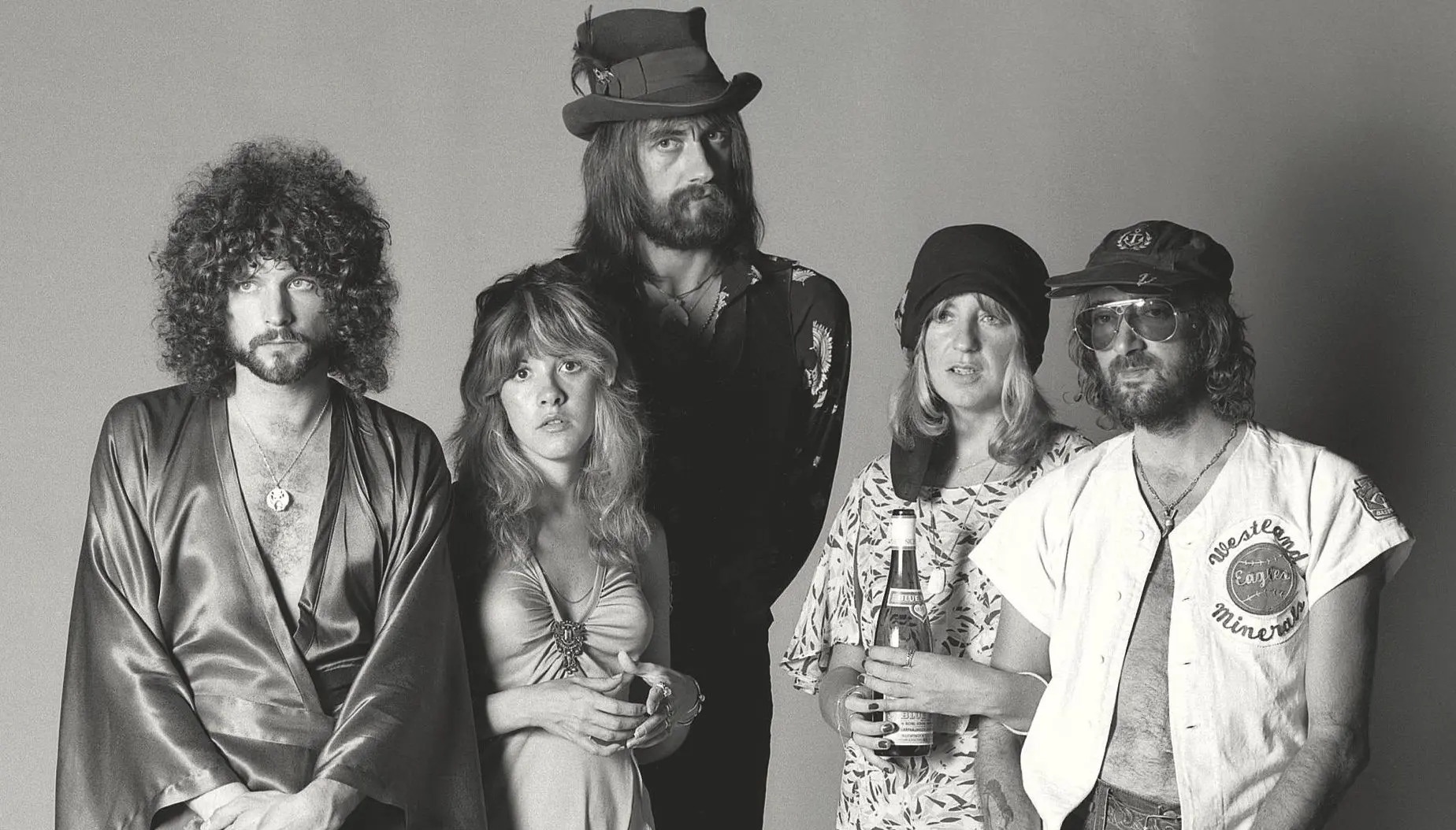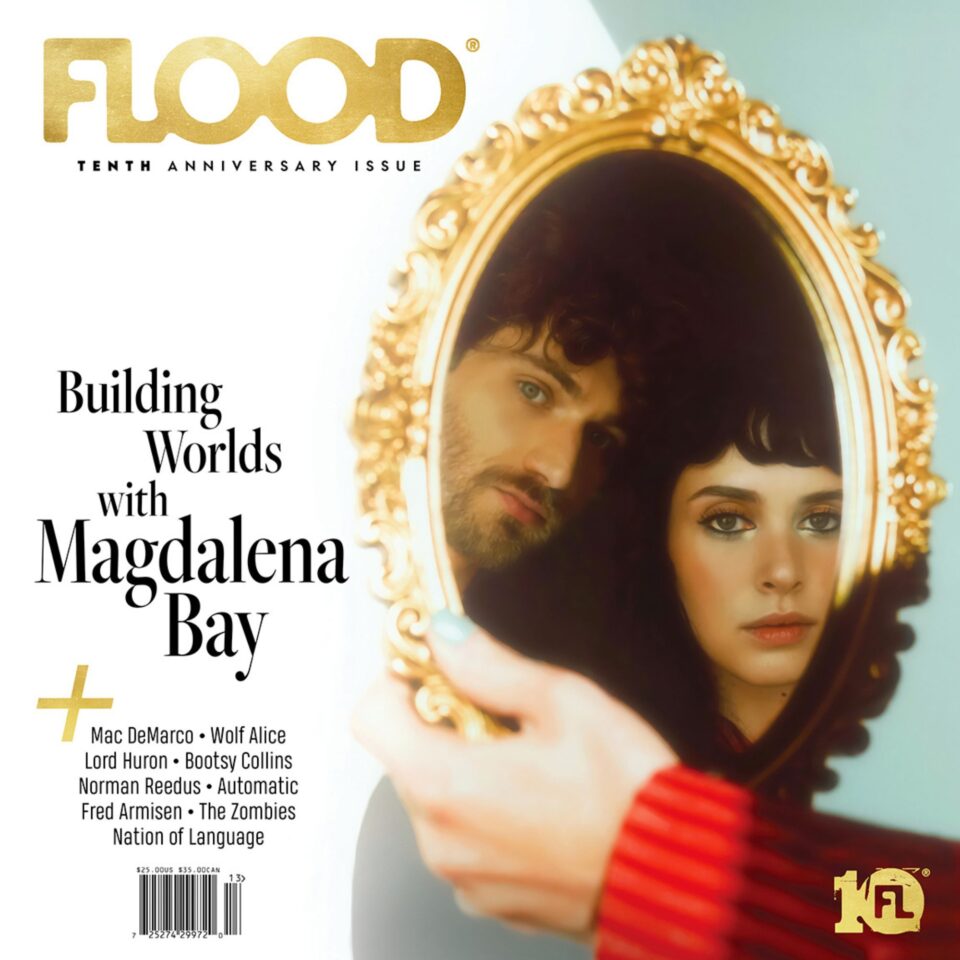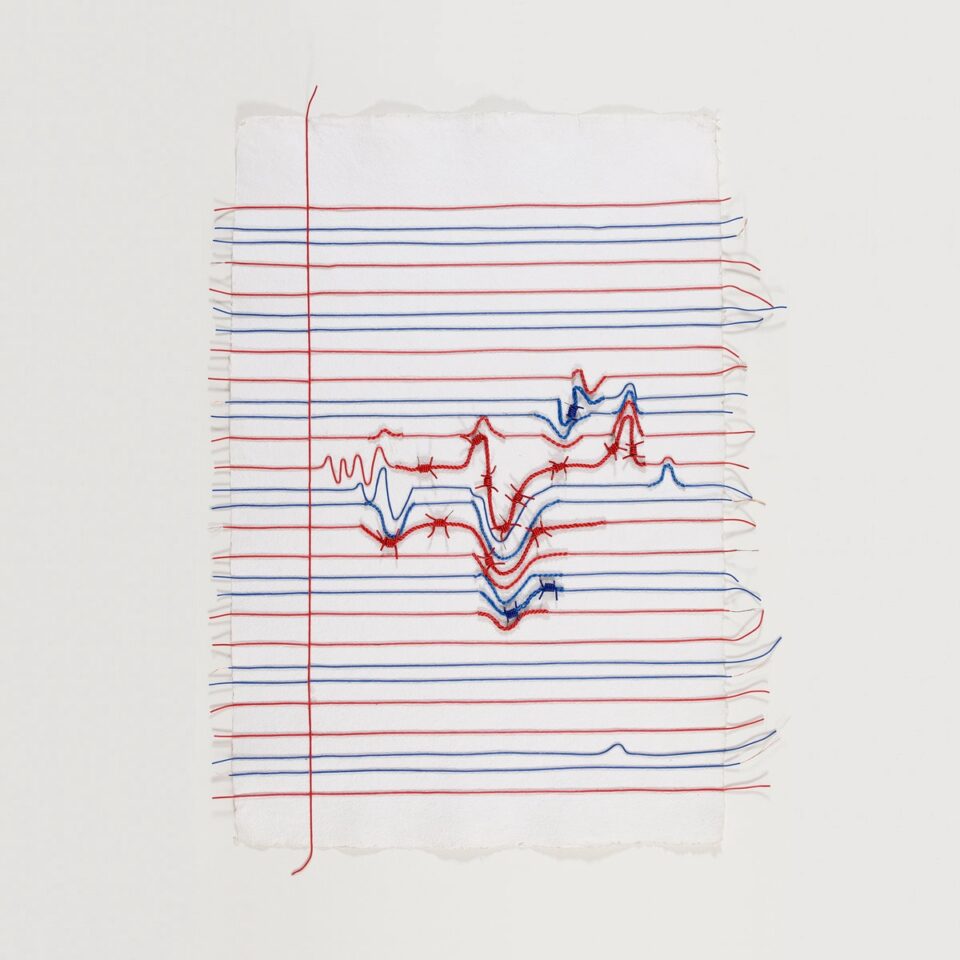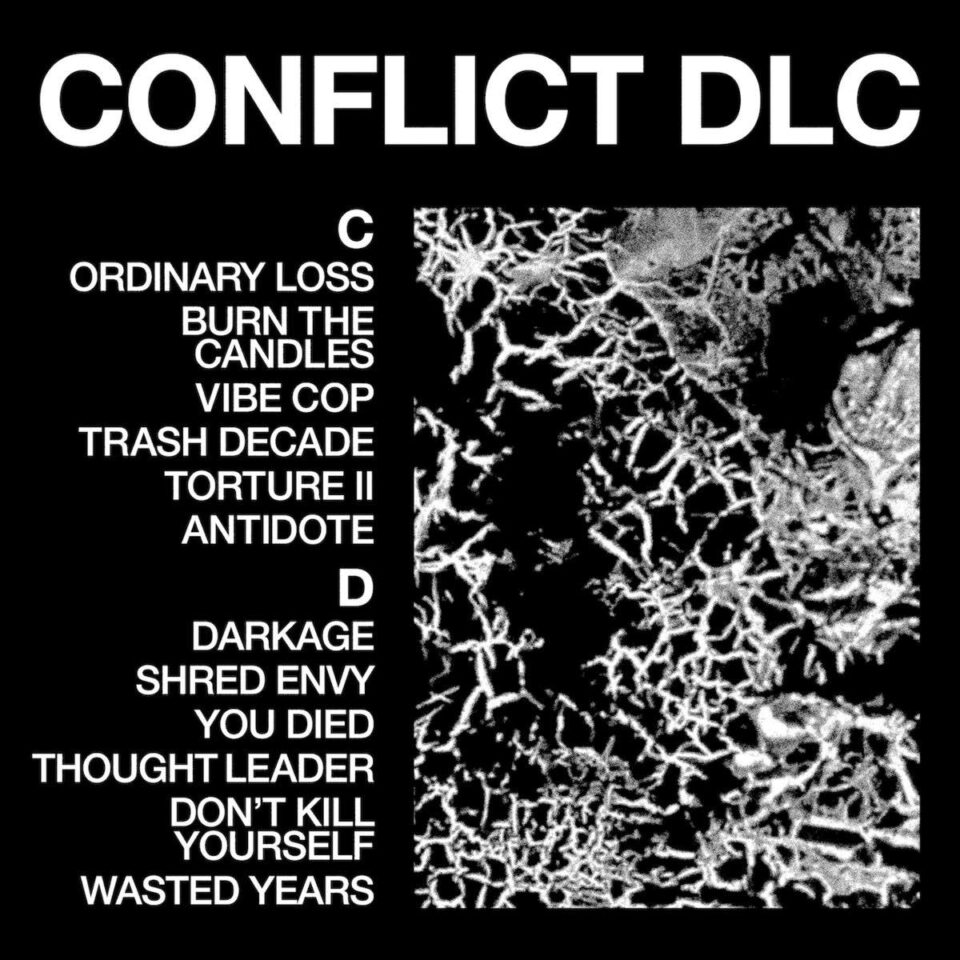There’s a million different factors that go into pairing music with yoga. It’s like wine and cheese. Coffee and cake. Beer and anything fried. But, like these examples, there are some front runners in the Best Yoga Albums conversation that check a lot of boxes on the “having an experience while I’m practicing yoga” list. Top of that list is “bpm” (beats per minute). Basically, how fast or slow the songs on the record are. In order for an album to be a good yoga record, the fastest and most aggressive songs shouldn’t be over 130 bpm, and the slowest grooves around 60 bpm. A sweet spot hanging out around 70 to 100 bpm if you’re looking to get gooey and greazy with the chance of a thick groove in the forecast.
Another variable is timbre. What instruments are used? How are they played? Is the record mixed well? How were the songs mastered? So, a lot of times, good yoga records are a bit older simply for the fact that more acoustic instruments are used in older records compared to the electronic instruments and samples used in a lot of popular modern music. Older recording and mixing techniques favored warmth over detail and exact reproduction. Modern popular music is much more sample-based than acoustic live-instrument-based. These digital instruments are a lot harsher in tone and timbre than “real” instruments if they’re not mixed and mastered correctly. The humanity is literally not in the tone of the notes created by these samples because they weren’t created by humans.
Just like the digital instrument world we now live in, the meter—or the beat of the music—is largely kept by a machine as well, a “clock.” The bpm is “locked” to a grid and kept in flawlessly perfect time. Which is awesome, right? Yes and no. In certain types of music (EDM, electronic, synth pop, etc.) being locked to a grid is a must, but when it comes to the music having life and “breathing,” you want a person in charge of that, not a machine. Imperfections are what make us unique. Musicality lies in the human playing the note and the space between the notes, not the notes themselves. In a practice like yoga that connects us to our humanity, we’re drawn to more “human” music. In my opinion, at least.
One more variable that goes into a good yoga record is the flow of the record. The sequencing of the songs from start to finish. How do they “flow”? I mean, most of the time you’re playing these collections of songs during a “vinyasa” which, in a basic translation, means to “flow.” If you were looking at a record from the first song to the last on a graph, and you were representing the faster bpm with a taller line, you would want the graph to look like a hill from start to finish. Low and slow at the start, gradually building in bpm and aggressive timbre, peaking somewhere around the middle, and then slowly descending back to the super chill at the end. A journey with a crescendo musically matching the peak pose of your yoga flow.
What truly makes these yogic albums, though, is that celestial and ever elusive “awe” factor—that thing about music that you really can’t put your finger on, but just know when it’s right or when it’s not. The sum of all the parts of a record coming together in a sonic Big Bang and creating a response in our hearts and souls. To feel something real in ourselves in the moment as the transient notes dance around us and then poof into the ether. Music helping us experience ourselves.
With all these factors in mind, here are the five of the best records to pair with your yogic experiences.
5. Al Green, Greatest Hits (1975)
Indeed, I’m aware of the fact that this is a compilation album, but it flows and sounds like it was all recorded at the same moment in time. The majority of the songs beautifully live in the world of 90 to 100 bpm. Sublime, medium-tempo grooves. Soulful, solid anthems with sparse instrumentation and effects. All humanity and all sweaty, passionate vocals, conjured from the love child of Al’s devil and angel living upon his shoulders simultaneously. I mean, he has album titles like Al Green Explores Your Mind, Al Green Is Love, and Al Green Gets Next to You. The titles alone say that this cat couldn’t be more connected to getting to the center of you! To find your humanity and sexy-dance with it.
4. Fleetwood Mac, Rumours (1977)
This is the timbre record. As well as absolutely sublime songwriting and angelic melodies and harmonies, this album was recorded beautifully. The drums are compressed to have enough aggression but EQed and mixed like butter with no sharp edges to any of the songs and a sonic cream slathered over the top. They’re like getting punched in the face by an angel. Lindsey Buckingham and Stevie Nicks in a harmonic dance of real passion and emotion along with freshly divorced couple Jon and Christine McVie holding down the rhythm and keyboards with the superb drumming of Mick Fleetwood under it all. You can’t get much closer to your authentic self than when you’re in the middle of a love affair or heart break—and they were in all of it. To put a cherry on top of all the “heartiness” going around, Mick’s timing and performance create a rhythmic mantra that is built for vinyasa.
3. U2, The Joshua Tree (1987)
The rhythm section of this band—Larry Mullen Jr. and Adam Clayton—are a perfect yoga flow combo. The tribal floor tom to snare patterns Mullen creates, coupled with Clayton’s power eighth notes on the bass, forges a hypnotic pulse for Bono and The Edge to get all kinds of theatrical on top of. The Edge employs his savant knowledge and usage of guitar delays and reverbs to weave a tapestry of sound that unrolls over the songs in the exact same way we roll out the yoga mat onto the floor. A sacred space, textured, soft yet compelling.
The tracks themselves are a swan song of this insanely talented act. Bono’s vocals and melodic instincts are a giant leap ahead of most stadium rock acts. The heartfelt nuance of every lyric he sings makes most world class vocalists look like drunk college dudes singing Bon Jovi at the local karaoke bar. He’s pure heart and connection. Pure yoga. The opening track, “Where the Streets Have No Name,” could stand alone as a microcosm unto itself to what a perfect yoga record should sound like. Bringing in the deep and haunting synth intro and building to a sonic explosion and coming back down to put us all back into a savasana. Tucked back into bed waiting for the next perfect song to come along.
2. Dr. Dre, The Chronic 2001 (1999)
Hands down the best beatmaker ever. Dr Dre creates the thickest grooves, the most creative instrumentation and looping along with an ear for a hook that’s unchallenged. The bpms of these songs are right in the pocket for yoga as well. You want to talk about timbre? The tone of Dre’s voice is “like butter.” His collaborators on this record as well…like butter! Some people may say “but the content” of this record is very explicit and violent. Chalked full of orgies, shoot outs, and drug use—how is that yogic? Short answer: because it is. It’s not the cussing or violence or sex that makes it yogic. It’s the sum of the parts. It’s the beats together with exemplary rapping. Dudes on this record are at the top of the rap world, and they bring it huge. It’s the experience of this LP that makes it a yoga record. That intangible something that you can only feel and not explain.
1. Led Zeppelin, Led Zeppelin IV (1971)
Having to pick just one Zep record is a tough call, but IV has some of the best examples of yoga music. First off, there’s the dudes playing the songs; John Bonham on drums and John Paul Jones on bass are the Darth Vader of rhythm sections—dark, mysterious, all-powerful, yet still used to be a pretty sweet guy back in the day. Jimmy Page’s appetite to take the guitar into so many different directions, yet keeping every tone and style governed and yoked (yoked: another Sanskrit translation of “yoga”). Keeping the groove breathing perfectly so Robert Plant can weave his trance-inducing banshee cries into each song. Plant’s vocals are so in the moment, perfectly staged and tucked into each song, it raises the question: Is he some sort of medium connected to another realm of existence and performing the vocal takes from another universe?
And then there’s the songs: “When the Levee Breaks” is up there as one of the best yoga songs of all time. From the very first downbeat of John Bonham’s kick drum you’re pulled into a groove that demands you move your body to it. “Four Sticks” using world beat rhythms and varying time signatures is slinky and reptilian in nature, pulling the yoga practitioner along on the mat like a melodic pied piper. “Going to California” at the end of the record is just the soothing lullaby we need to bring us down after a long yoga experience on the mat.
Bottom line: Zeppelin is yoga. The sum of the parts—beats, melodies, content, and production (Jimmy Page is the only one to ever produce this band. I totally get it, Jim). Almost otherworldly and mysterious, aggressive yet forgiving. The full spectrum of our humanity represented in music. Existing solely unto itself and for itself. Just like life. FL
Dalton Grant is a certified yoga instructor (CYT 500), musician, and founder of The Light Orchard—a unique experiential yoga practice set to music that moves, a.k.a. "rock 'n' roll yoga." Based in Southern California, Dalton's classes inspire connection, rhythm, and presence, blending the transformative power of movement and music.







